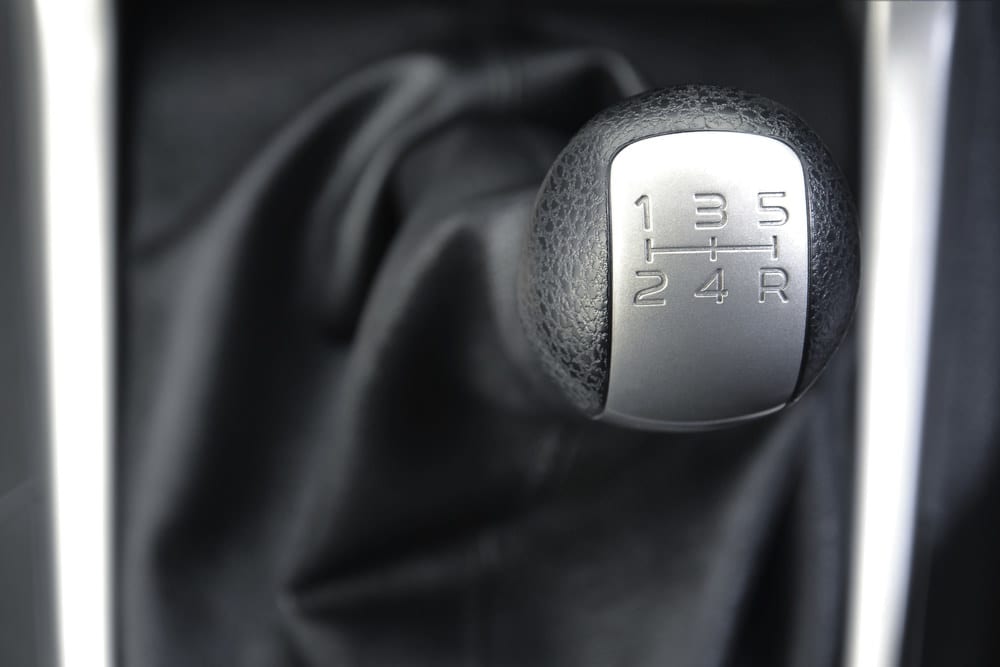

The clutch in a car transmission is what works to engage and disengage the drive shaft’s moving parts. In a manual transmission, the driver has to manipulate a pedal or a lever in order to shift gears. The clutch is what allows the gears to engage or disengage.
How a clutch works
The clutch consists of the flywheel, pressure plate, disc, and throwout bearing and release system. The flywheel spins along with the motion of the engine. The pressure plate, which is bolted to the flywheel, holds the clutch assembly together. The disc is located between the flywheel and pressure plate, and allows the pressure plate and the flywheel to both make and break contact. And finally, the throw-out bearing and the release system work in conjunction to allow the clutch to engage and to disengage.
In a manual automobile transmission, the input shaft sends engine power to the car wheels by means of the gears. The input shaft, which runs through the middle of the disk, flywheel and pressure plate, has a bearing that takes most of the load of the shaft. There is another, smaller bearing in the middle of the flywheel that serves to center the shaft so that it can rotate along with the engaging and disengaging of the clutch assembly. The clutch disc is connected to this assembly.
When the driver presses the clutch pedal, the disc, pressure plate and flywheel are disengaged so that the driver can shift gears. When the pedal is up, the components are engaged and the vehicle is in motion.



